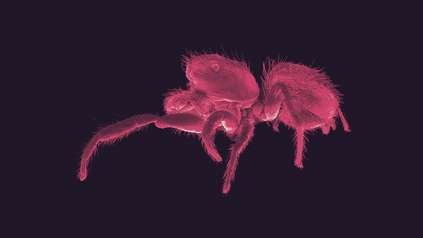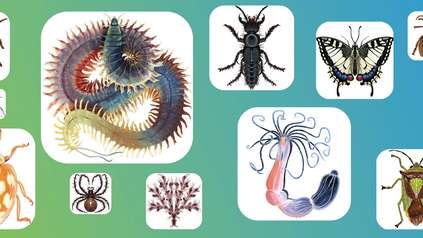Tree of Life
Overview
At the core of our research is the production of high-quality reference genomes for individual species, which our teams are producing at an unprecedented scale. Alongside this reference genome production, research teams within Tree of Life are exploring questions around ecosystem function, species radiations, reproductive diversity and more.
All our data – including as much work-in-progress as possible – is published openly and available freely to researchers across the world.
Tree of Life’s projects operate in tandem with a global initiative called the Earth BioGenome Project. This is a network of affiliated biodiversity genomics projects from across the globe, all sharing the common aim to “sequence everything”. The goal is to produce reference genomes for all 1.2 million known species on Earth.
We believe this young and growing scientific field, known as Biodiversity Genomics, will transform the way we do biology.
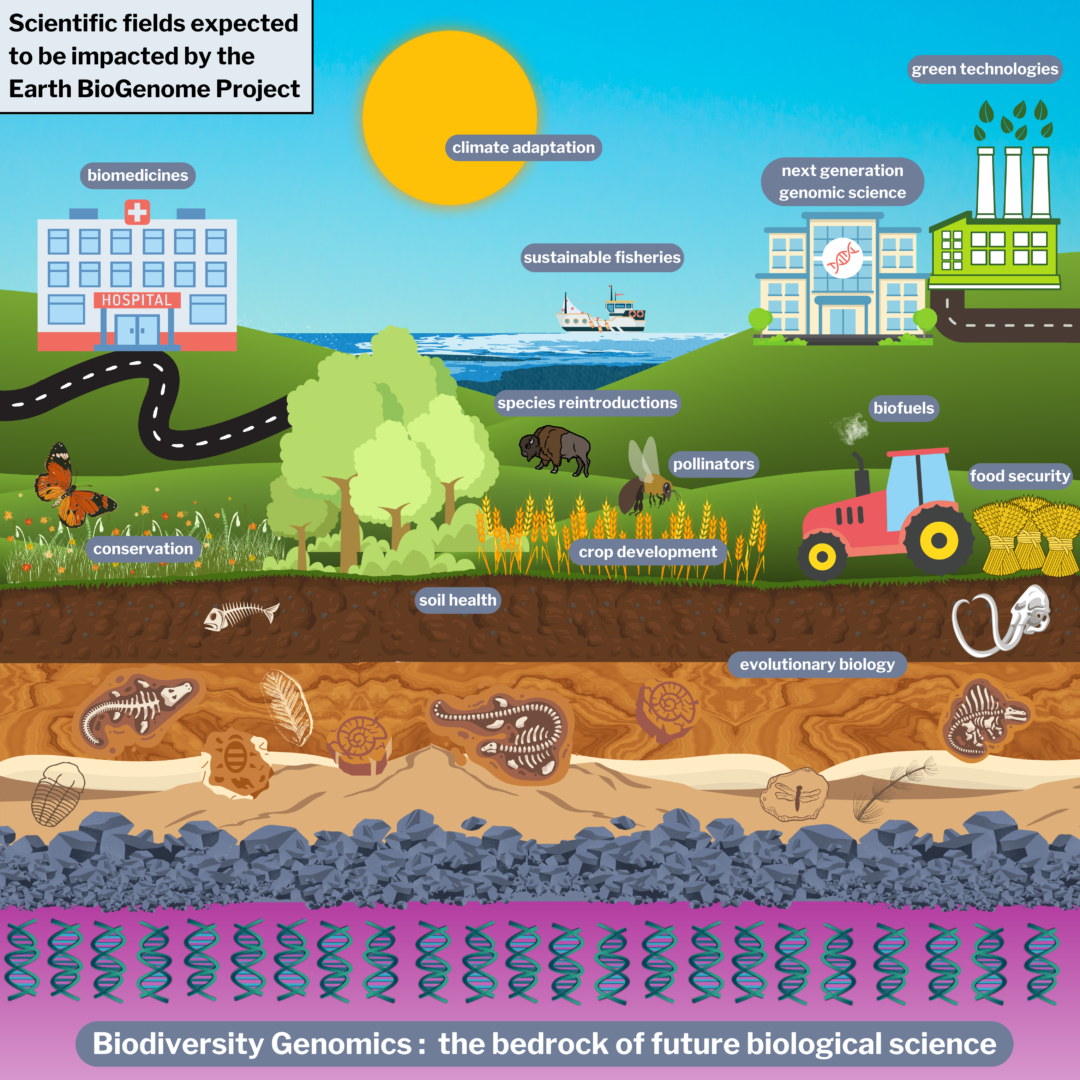
Why reference genomes?
Tree of Life aims for the highest standard of genome assemblies wherever possible. This means complete genome sequences that span each chromosome of the nuclear genome (the DNA in the nucleus), plus the genetic material in all organelles (e.g. mitochondria and chloroplasts). Genes are then identified and features annotated to help users make sense of how different parts of the sequence function.
This exacting standard, which we expect to stand the tests of future science, has only recently been achievable using the latest long-read and long-range sequencing technologies.
We want the next generation of scientists to operate in a genome-ready world. Currently, a typical PhD researcher might spend up to a year sequencing the genome for their chosen species. This is a quarter to a third of their project which would be better spent probing the questions they set out to study – if only the relevant reference genome were available.
There is much ground to cover, with sequence data available for only 0.8% of Earth’s species. The chart below shows how this translates up the taxonomic hierarchy.
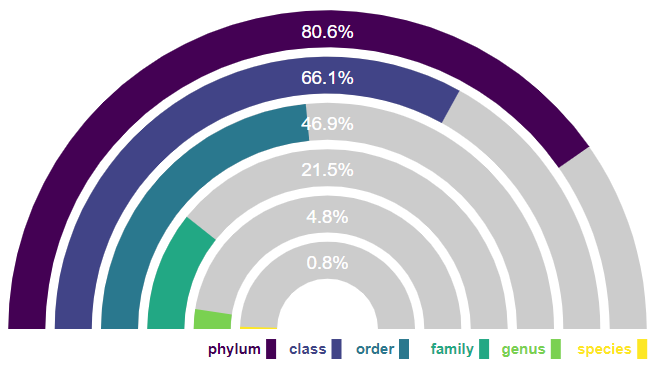
Once a reference genome is available, a whole toolkit of other exciting methods and techniques are unlocked. For example, scientists can use resequencing to look at the DNA of other individuals within the same species and compare back to the reference genome. In this way, it becomes quicker, cheaper and more efficient to study organisms’ biology and evolution, support conservation efforts, or search for new biomedicines and other compounds.
How do we produce our genomes?
Tree of Life has assembled a world-leading genome production pipeline. This ensures samples are collected ethically and legally, and transported in such a way that the required High Molecular Weight DNA can be extracted.
Once extracted, the genetic material is then sequenced using the latest long-read technologies. These large segments of DNA are then assembled and curated by teams of bioinformaticians. Our scientists have developed several powerful automated tools to help do this accurately at scale, but some key stages of the process are still done manually by eye!
Finally, the genome assemblies are submitted to the publicly accessible European Nucleotide Archive (ENA) database. The assembly is also annotated by our partners at EMBL-EBI, and a Genome Note is published to announce the new assembly and how we did it.
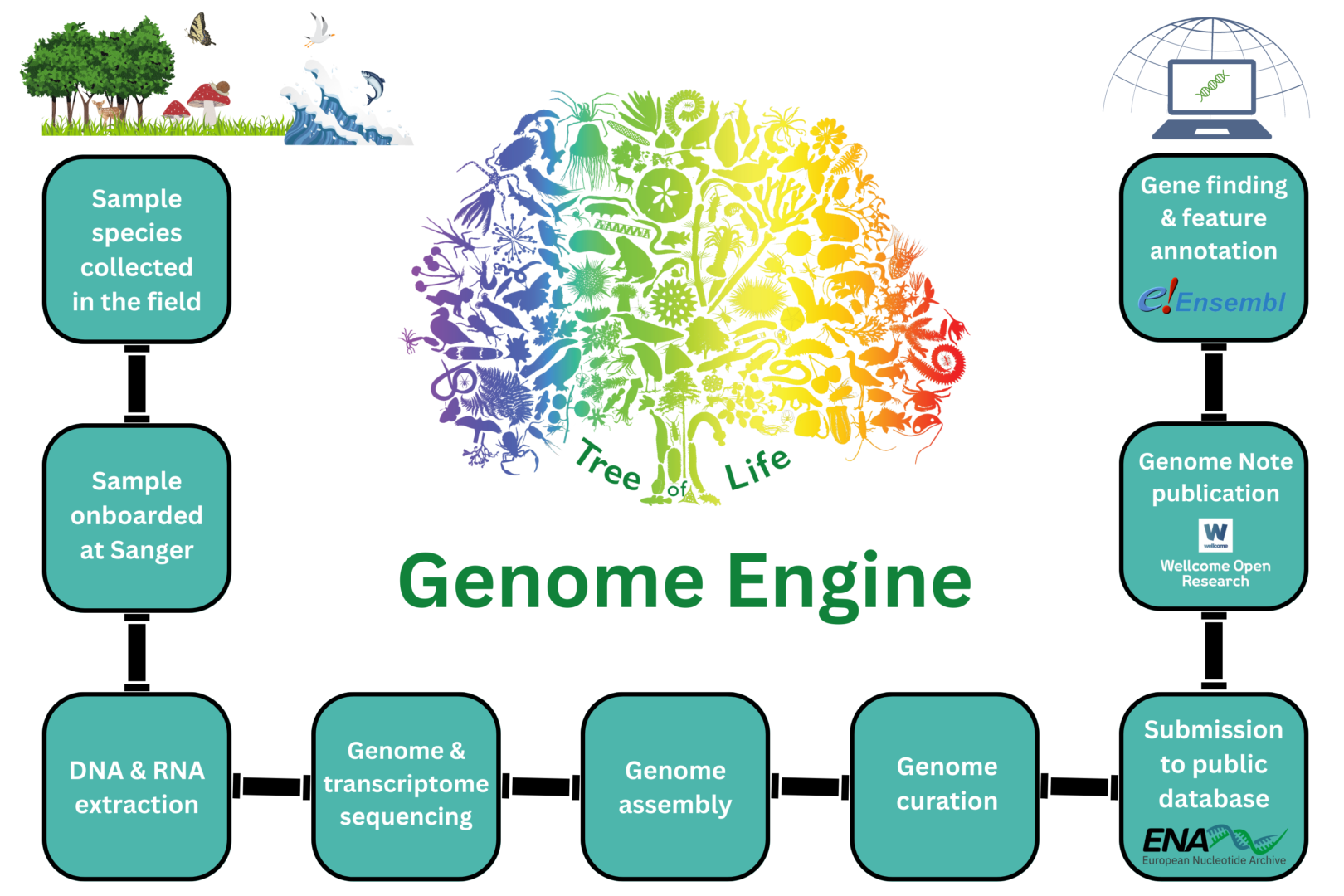
Tree of Life’s projects
The Tree of Life Programme is a partner in many research projects (see below under ‘Collaborations’). However, the bulk of our teams’ time is focused on a handful of these transformative initiatives.
Darwin Tree of Life
 The aim of the Darwin Tree of Life (DToL) project is to produce reference genomes for each of the estimated 70,000 eukaryotic species in Britain and Ireland.
The aim of the Darwin Tree of Life (DToL) project is to produce reference genomes for each of the estimated 70,000 eukaryotic species in Britain and Ireland.
DToL is a partnership between biodiversity, genomics and analytics partners: Sanger, the Earlham Institute, EMBL-EBI, the Marine Biological Association, the Natural History Museum in London, the Royal Botanic Gardens at Edinburgh and Kew, and the universities of Cambridge, Edinburgh and Oxford.
To find out more, visit the Darwin Tree of Life website. Or follow DToL on Twitter @darwintreelife.
Aquatic Symbiosis Genomics
 The Aquatic Symbiosis Genomics (ASG) project is sequencing the genomes of symbiotic systems. The project seeks to provide the genomic foundations needed by scientists to answer key questions about the ecology and evolution of symbiosis in marine and freshwater species, where at least one partner is a microbe.
The Aquatic Symbiosis Genomics (ASG) project is sequencing the genomes of symbiotic systems. The project seeks to provide the genomic foundations needed by scientists to answer key questions about the ecology and evolution of symbiosis in marine and freshwater species, where at least one partner is a microbe.
ASG is jointly funded by the Wellcome Sanger Institute and the Gordon and Betty Moore Foundation, with ten global partners acting as hubs for different groups of symbiotic organisms.
To find out more, visit the Aquatic Symbiosis Genomics website.
BIOSCAN in the UK
 Tree of Life’s BIOSCAN project aims to study the genetic diversity of 1,000,000 flying insects from across the UK. Insects from 100 sites will be collected on a monthly basis for five years by project partners and then analysed at Sanger using DNA barcoding. The resulting sequence data will provide a baseline characterisation of insect species diversity over space and time and thus form a much needed resource for DNA-based biomonitoring in the UK.
Tree of Life’s BIOSCAN project aims to study the genetic diversity of 1,000,000 flying insects from across the UK. Insects from 100 sites will be collected on a monthly basis for five years by project partners and then analysed at Sanger using DNA barcoding. The resulting sequence data will provide a baseline characterisation of insect species diversity over space and time and thus form a much needed resource for DNA-based biomonitoring in the UK.
To find out more, visit the BIOSCAN webpage.
Project Psyche
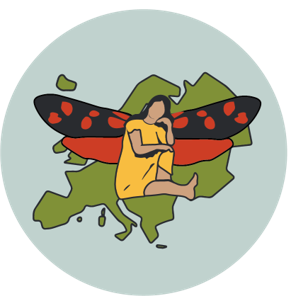 Project Psyche is a multinational effort to sequence the genomes of all 11,000 species of Lepidoptera – moths and butterflies – in Europe. Currently it is in phase 1, where we aim to sequence 2000 species and all specimens are provided by seven sampling hubs across Europe and sequencing and assembly of the genomes is performed at the Sanger Institute. We are currently working on publications using the first 1000 genomes.
Project Psyche is a multinational effort to sequence the genomes of all 11,000 species of Lepidoptera – moths and butterflies – in Europe. Currently it is in phase 1, where we aim to sequence 2000 species and all specimens are provided by seven sampling hubs across Europe and sequencing and assembly of the genomes is performed at the Sanger Institute. We are currently working on publications using the first 1000 genomes.
To find out more, including how to join the Psyche community, visit the Project Psyche website.
Latest news from Tree of Life
As well as the project websites linked above, you can follow Tree of Life on social media.
Twitter @sangertol
LinkedIn at Sanger Tree of Life Programme
YouTube at Tree of Life

